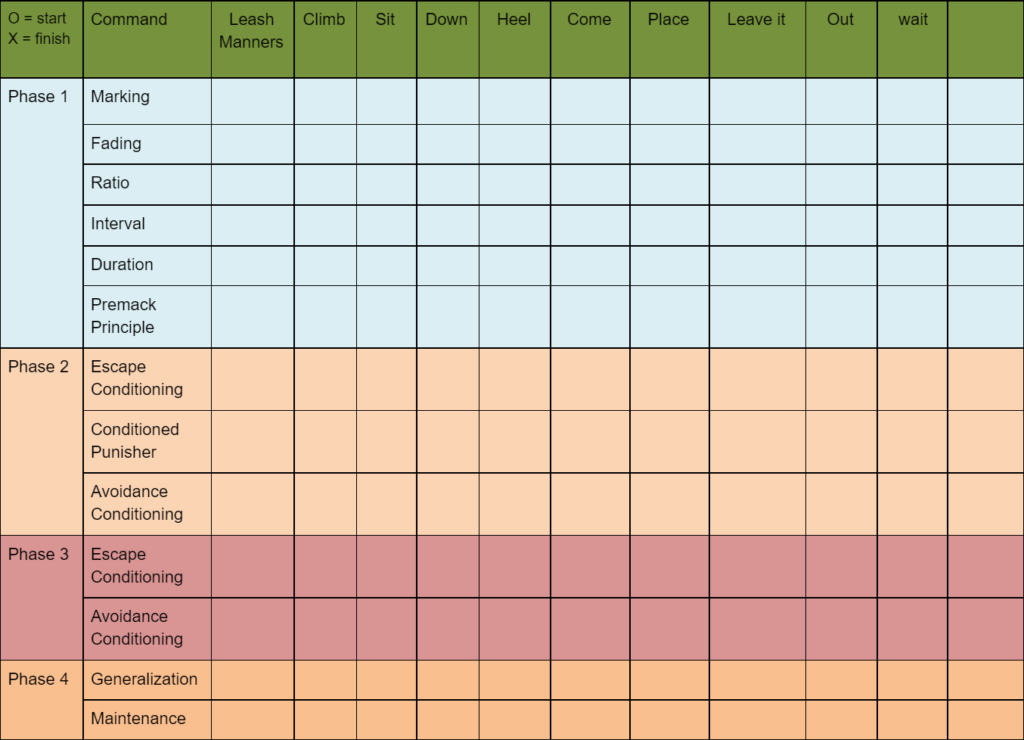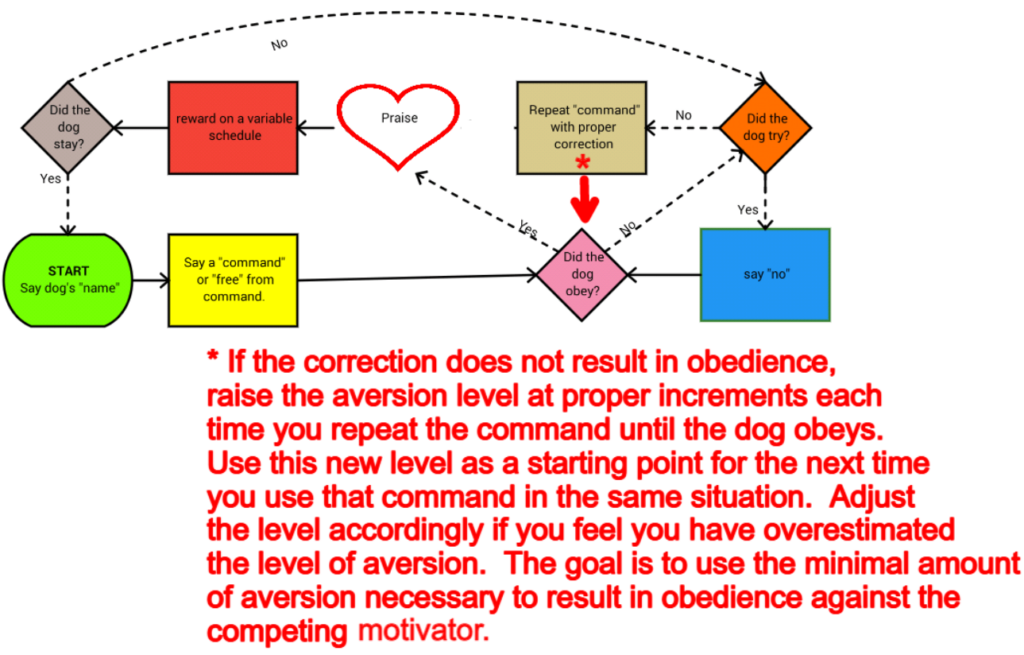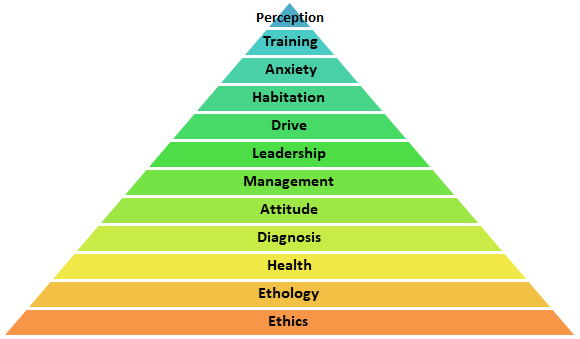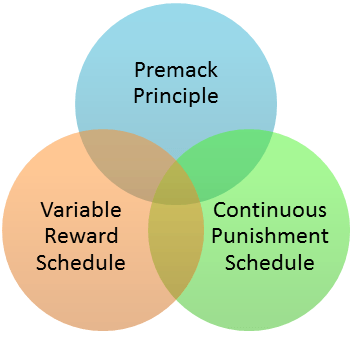- What is Phase 3 avoidance conditioning?
- How does avoidance conditioning differ in phase 3?
- Why is it recommended to use an e-collar in phase 3? Are there alternatives to using e-collars in phase 3?
- What are the prerequisites before starting phase 3 avoidance conditioning? Why?
- What scientific studies are relavent for reference and LIMA purposes to phase 3 avoidance conditioning?
- What does a command structure look like for phase 3 avoidance conditioning?
- What does a training session look like at this stage?
- When do we know we can move to the next step in training?
- What is the next step in training?
What is Phase 3 avoidance conditioning?
Avoidance conditioning is a process that teaches the dog how to avoid punishment
How does avoidance conditioning differ in phase 3?
In phase 2 we teach the dog how to avoid punishment by focusing on teaching the predictable outcome of the command structure.
In phase 3 we work on applying minimally aversive punishment, which works to teach the dog in theory and in "real life" to AVOID ALL punishment in the situations with the highest competing motivators.
Examples of dogs avoiding punishment that was unlikely without phase 3 avoidance conditioning:

Refresher: Why is it recommended to use an e-collar in phase 3?
Many of the most dangerous situations with potentially the worst consequences to the dog, owner, and public involve a dog being off-leash. The e-collar allows trainers to include avoid conditioning to off-leash training plans. Also, the quality e-collar used by a competent trainer uses less physical force and is more adjustable (in aversion levels) than any known training device.
Refresher: Are there alternatives to using e-collars in phase 3?
Yes, but most involve more physical force and not as reliable to achieve the same results. E-collar, when available, is most compliant with LIMA guidelines for the vast majority of circumstances.
What are the prerequisites before starting phase 3 escape conditioning? Why?
- Ethics
- You must not be fraudulent "force free"
- LIMA/cynopraxis
- You follow scientific bast practices for modifying behavior (ABA)
- Ethology - Understand the dog in training's behavior
- Health - Is the dog capable of doing what you want to train
- Deaf, arthritic, vision, overheated, etc..
- Diagnosis - Do you know WHY the dog is being disobedient and our you addressing the heart of the problem?
- Attutude - Attitude leads to behavior
- Calling the dog a "dick" vs explaining exactly why the dog is not obeying
- Knowing exactly what situations the dog will be safe and obedient in, and knowing when to manage a behavior.
- Leadership
- Drive - Many problems solved by addressing this first
- Habitation - Many problems solved by addressing this first
- Anxiety - Many problems solved by addressing this first
- Training - Is phase 1 and Phase 2 Solid

Work in the center of the dog trinity whenever possible while teaching to get the fastest and most reliable results.
What does a command structure look like for phase 3 avoidance conditioning?

What Does a Training Session Look Like at This This Step in Training?
Equipment in the video: DOGTRA 2300NCP

When do we know we can move to the next step in training?
When the dog reliably avoids all punishment in a single training scenario that normally could not have been accomplished in phase 1 and phase 2 alone.
What is the next step in training?
The next step is "generalization". This is where we train the dog to be reliable in many different real-world environments. The sky is the limit!!




Responses